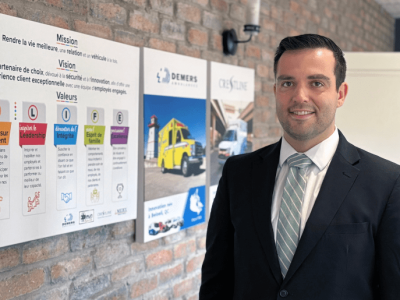Ever wondered where Crestline’s signature rounded corners came from? They’re more than just a design choice; they’re the result of fifty years of engineering, innovation, and listening to the needs of paramedics. Year after year, Crestline has strived to lead the ambulance industry, continually perfecting our vehicles to better serve our customers. From our earliest models to the ambulances in service today, every improvement reflects the work of engineers responding to the day-to-day realities of emergency care. The launch of the New Era was no exception. It marked a defining moment in our history, where decades of experience met a forward-looking vision to create the world’s first aerodynamic ambulance.
This commitment to innovation came to life in the early 1990s, when our engineering team set out to rethink the very shape of the ambulance. Inspired by the need for better fuel efficiency, improved handling, and reduced operating costs, the team began exploring how aerodynamic design could transform not just performance, but the daily experience of paramedics behind the wheel.
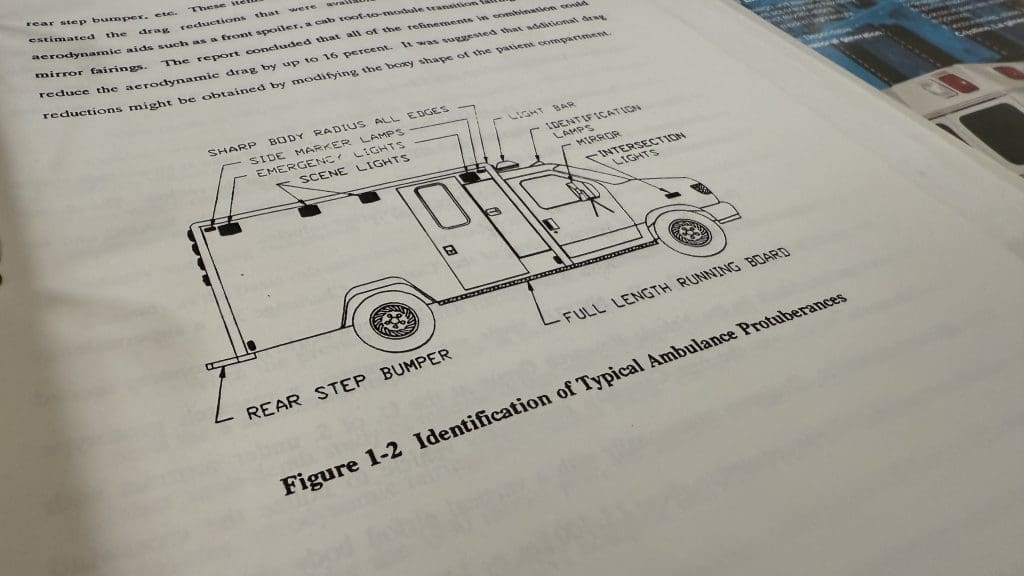
These original design sketches became the starting point for Crestline’s first aerodynamic ambulance. They show just how much detail went into shaping the vehicle. From rounded edges to recessed lighting and full-length running boards, every part was carefully adjusted to reduce drag and improve fuel efficiency. As shown in Figure 1-2, even small exterior features were moved or redesigned to help create a smoother, more streamlined shape.
To find the right balance between design and performance, engineers tested different edge shapes, like the elliptical corners shown in the sketches. they were backed by wind tunnel testing and practical requirements. By rounding out the sharp, boxy edges typical of ambulances, the team worked to lower air resistance, improve fuel efficiency, and reduce road noise.
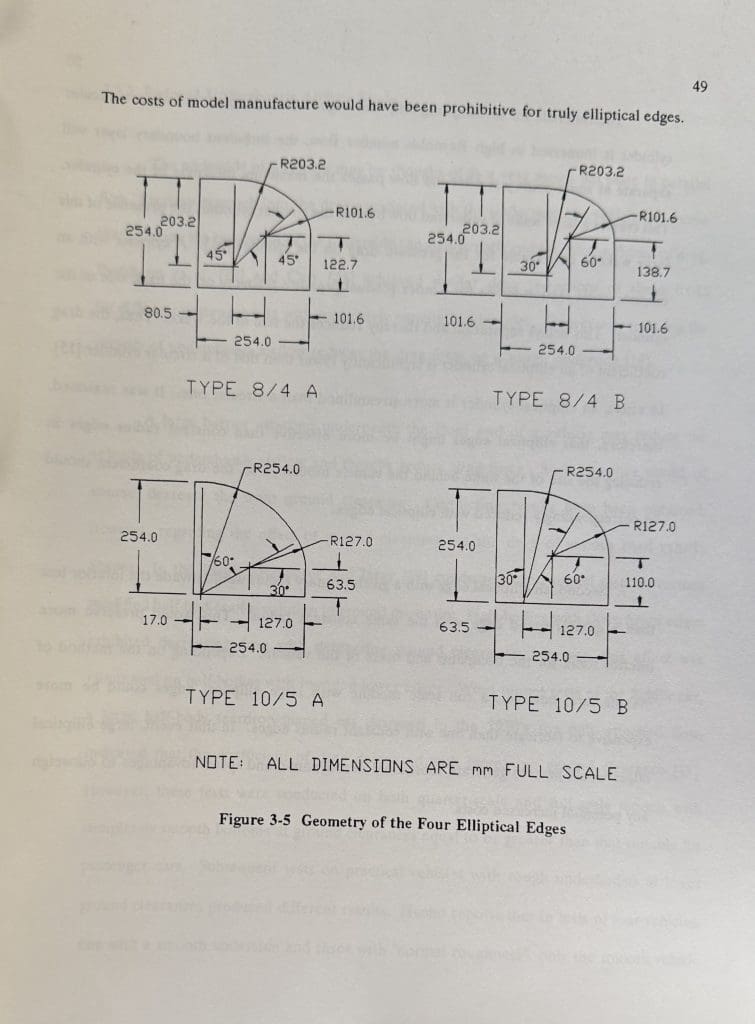
The result was a groundbreaking design that laid the technical foundation for the New Era; an ambulance that stood apart not only for how it looked, but for how it performed.
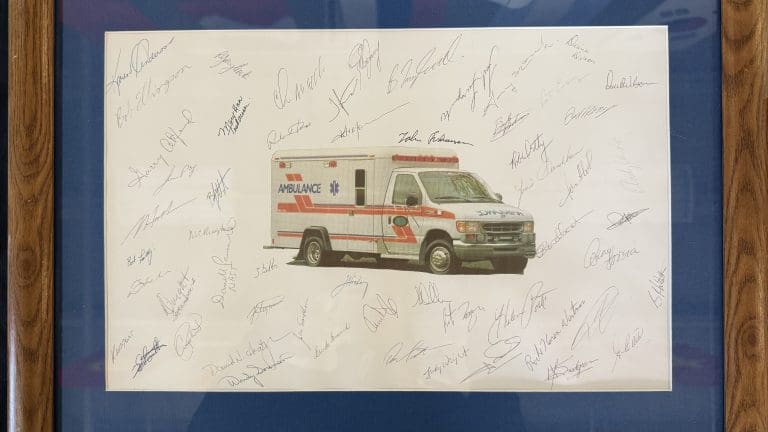
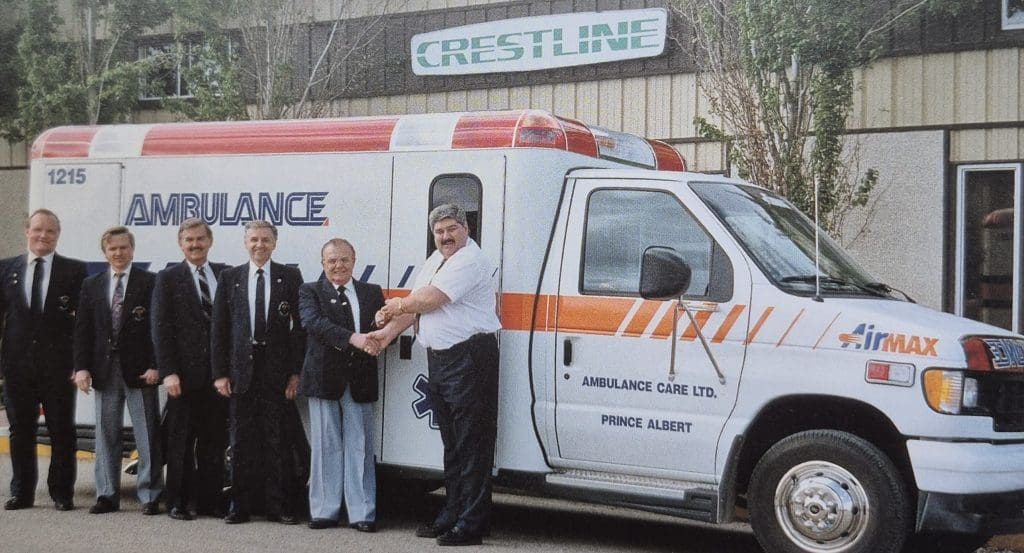
The first delivery
In 1992, Parkland Ambulance in Prince Albert purchased the first Airmax (later renamed New Era). Designed with rounded corners to enhance fuel efficiency and improve handling, it combined sleek form with smart function. This milestone wasn’t just about design; it was about reaffirming Crestline’s legacy of pushing boundaries to consistently provide our customers with a workspace they can depend on for every mission. As EMS providers began seeking smaller, more efficient ambulances for use in city environments, our engineers developed something entirely new.
The Signature Curve: How rounded corners became a design breakthrough
Traditionally, ambulance design has centered on maximizing interior functionality, but Crestline’s engineers recognized that exterior form could play an equally important role. By rethinking the shape of the vehicle itself, they set out to improve fuel efficiency, reduce operating costs, and create a smoother, more responsive driving experience for the paramedics behind the wheel. This innovation became the first aerodynamic ambulance ever introduced, setting a new industry benchmark.
The Aerodynamics project
In a master’s thesis titled Reimagining the Emergency Vehicle: A Breakthrough in Ambulance Aerodynamics, former Crestline employee and University of Saskatchewan graduate student Roy Edward Eichendorf explored the aerodynamic challenges of traditional modular ambulances. His research, conducted in collaboration with Crestline, identified a pressing issue: the boxy shape, external lighting, and exposed undercarriages of conventional Type III designs generated substantial drag, decreasing fuel efficiency and increasing operational costs.
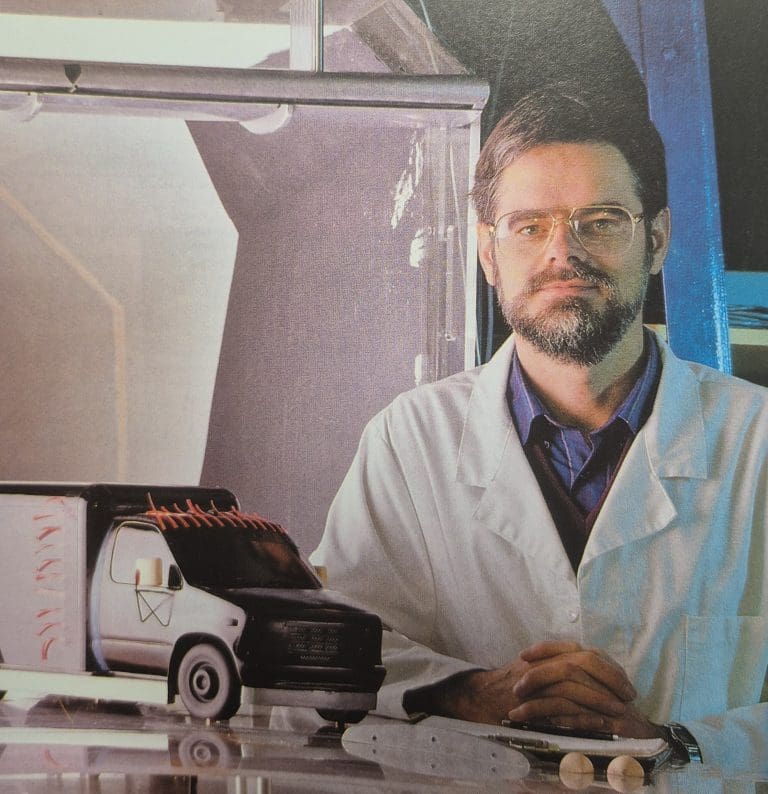
The results were impressive. Eichendorf’s testing showed that five targeted changes, rounded corners, recessed lighting, front air dams, side skirts, and streamlined mirrors, could reduce drag by up to 24 percent (Eichendorf, 1992). He also confirmed, through structural simulations, that a lighter aluminium frame could handle all the necessary weight and safety requirements.
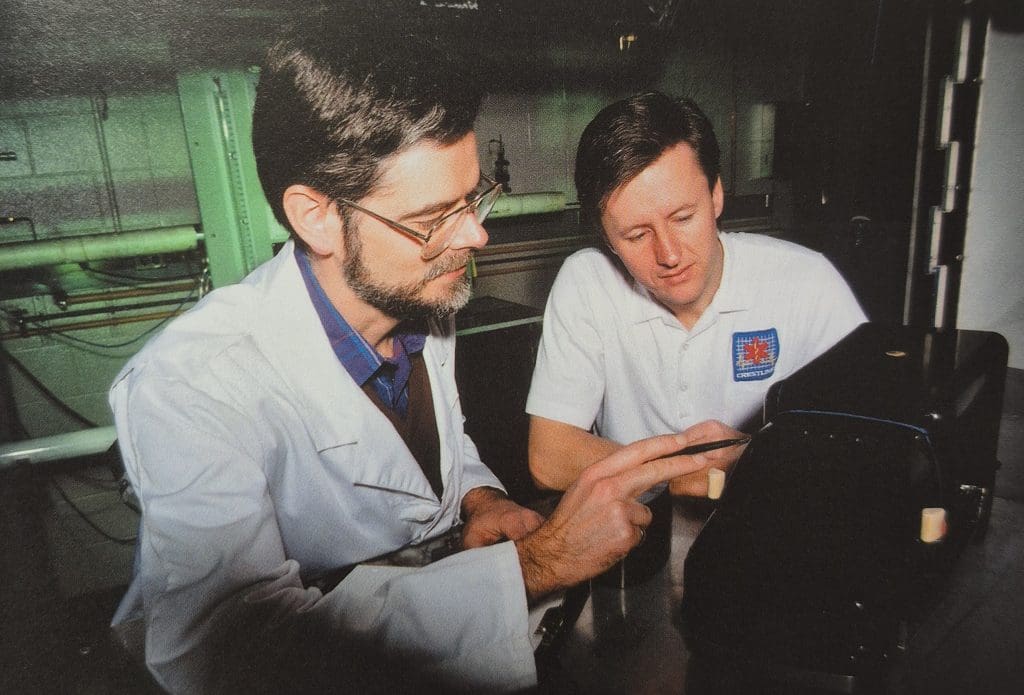
These findings went beyond theory. They directly influenced the development of Crestline’s AIRMAX prototype, an advanced Type III ambulance which was later renamed The New Era. Increased aerodynamics meant that the benefits were numerous: fuel savings, increased acceleration, a quieter interior, improved stability, and better road handling. It was a step forward that combined engineering insight with practical, on-the-road impact.
In 1992, Crestline was nominated as a finalist and went on to win the ABEX (Achievement in Business Excellence) Award in the New Product category for developing the industry’s first aerodynamic ambulance.
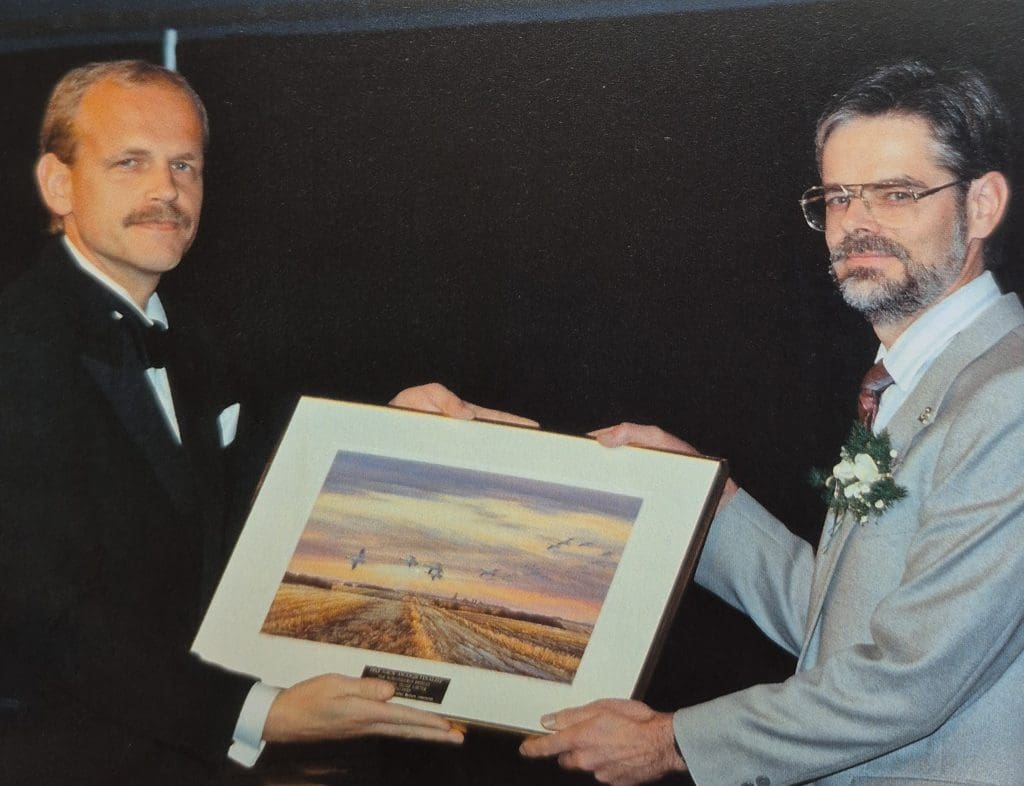
Designed to meet the demands of the road
Innovation is more than just a goal. It is a guiding principle that has shaped every step of our journey. The New Era is a clear example of how our engineering team turned that vision into reality, creating an ambulance that truly supports paramedics on the road. Drawing on decades of experience and collaboration with emergency responders, we reengineered the Type III platform to deliver a compact, fuel-efficient, and highly maneuverable ambulance.
Building on that foundation, the New Era brought new thinking to how space, comfort, and efficiency could come together in one vehicle. Developed specifically for busy city environments, it offered a smaller footprint without sacrificing functionality. Its layout was carefully considered to give paramedics a more ergonomic and adaptable workspace, with options like flip-up cabinetry, internal oxygen storage, and high mobility seating. Features such as dual side entry steps and a shorter wheelbase made maneuvering through heavy traffic smoother and more intuitive, so that paramedics can focus on the task at hand, caring for their patients on board.
The City of Toronto alone has purchased nearly 400 units, highlighting the model’s durability and continued relevance. We’re deeply grateful for their trust and proud to know these vehicles continue to support Toronto’s paramedics as they serve their communities every day. Similarly, BCEHS was a long-time supporter of the New Era model, and we were proud to see it in service with their paramedics across British Columbia.
Although the New Era is no longer in production, the innovation and thoughtful engineering behind it still influence every ambulance we build today. Its distinctive rounded corners, focus on efficiency, and enhanced maneuverability set a new standard, one that continues to drive innovation across our product lineup to better support EMS professionals every day.
As we celebrate this milestone in Crestline’s history, the legacy of the New Era lives on, driving our commitment to safety, innovation, and frontline support into the future.




